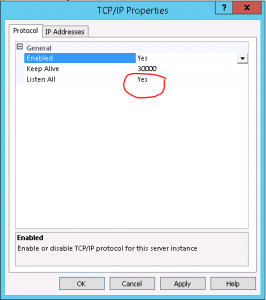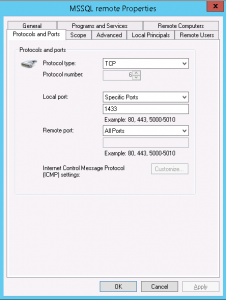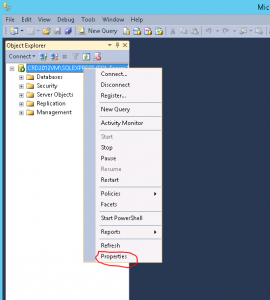Normally on CentOS the file system check is in the fstab file.
If all you want to do is avoid an fsck, adding the -f option to shutdown should help with that.
[bash]
# shutdown -f
[/bash]
The other option is you can manually make it skip fsck checks at boot by updating the 6th field in your /etc/fstab:
# /dev/sda2 / ext3 defaults,errors=remount-ro 0 1
This is the similar to what most fstabs will have 1 means that it should be checked and is a root file system, 2 means it should be checked but will be done in parallel with other file systems and 0 means skip checking
Other ways to configure and check the settings:
On CentOS, edit /etc/sysconfig/autofsck (or create it if it doesn’t exist) with the following content.
# sudo vi /etc/sysconfig/autofsck
AUTOFSCK_DEF_CHECK=yes
If the filesystem is large, you can force filesystem checks on a regular basis, instead of every boot time. In order to do so, first find out the filesystem configuration with tune2fs command. The following command line shows the current values of filesystem related parameters. Note that /dev/sda1 is the partition where the filesystem superblock is located.
# sudo tune2fs -l /dev/sda1
Disk identifier: 0x00000000
[root@cloud1 log]# tune2fs -l /dev/sda1
tune2fs 1.41.12 (17-May-2010)
Filesystem volume name: <none>
Last mounted on: /boot
Filesystem UUID: 3f3d720d-781c-402f-8599-94a97f7a824f
Filesystem magic number: 0xEF53
Filesystem revision #: 1 (dynamic)
Filesystem features: has_journal ext_attr resize_inode dir_index filetype needs_recovery extent flex_bg sparse_super huge_file uninit_bg dir_nlink extra_isize
Filesystem flags: signed_directory_hash
Default mount options: user_xattr acl
Filesystem state: clean
Errors behavior: Continue
Filesystem OS type: Linux
Inode count: 128016
Block count: 512000
Reserved block count: 25600
Free blocks: 394486
Free inodes: 127963
First block: 1
Block size: 1024
Fragment size: 1024
Reserved GDT blocks: 256
Blocks per group: 8192
Fragments per group: 8192
Inodes per group: 2032
Inode blocks per group: 254
Flex block group size: 16
Filesystem created: Fri Jan 23 19:06:50 2015
Last mount time: Sun Mar 29 12:10:18 2015
Last write time: Sun Mar 29 12:10:18 2015
Mount count: 8
Maximum mount count: -1
Last checked: Fri Jan 23 19:06:50 2015
Check interval: 0 (<none>)
Lifetime writes: 108 MB
Reserved blocks uid: 0 (user root)
Reserved blocks gid: 0 (group root)
First inode: 11
Inode size: 128
Journal inode: 8
Default directory hash: half_md4
Directory Hash Seed: ea055f98-4239-40e2-a8a7-0dae21287819
Journal backup: inode blocks
From tune2fs output, you can see not only the filesystem state (clean or not), but also parameters that are related to filesystem checks. “Maximum mount count” parameter is the number of mounts after which the filesystem check gets triggered. “Check interval” parameter shows the maximum time between two filesystem checks. On most Linux distros, these parameters are not set by default, meaning no regular filesystem checks are occurring.
To force filesystem check for every 30 mounts, run the following command.
# sudo tune2fs -c 30 /dev/sda1
To force filesystem check for every 3 months, use the command below.
# sudo tune2fs -i 3m /dev/sda1
Now verify that newly added filesystem check conditions are set properly.
#sudo tune2fs -l /dev/sda1
. . .
Last mount time: n/a
Last write time: Fri Mar 14 22:29:24 2014
Mount count: 20
Maximum mount count: 30
Last checked: Mon Mar 3 20:55:08 2014
Check interval: 7776000 (3 months)
Next check after: Sun Jun 1 21:55:08 2014
Force One-Time Filesystem Check on the Next Reboot
If you want to trigger one-time filesystem check on your next reboot, you can use this command.
# sudo touch /forcefsck
Once you create an empty file named forcefsck in the top directory (/) like above, it will force filesystem check the next time you boot up. After successful booting, /forcefsck will automatically be removed.








